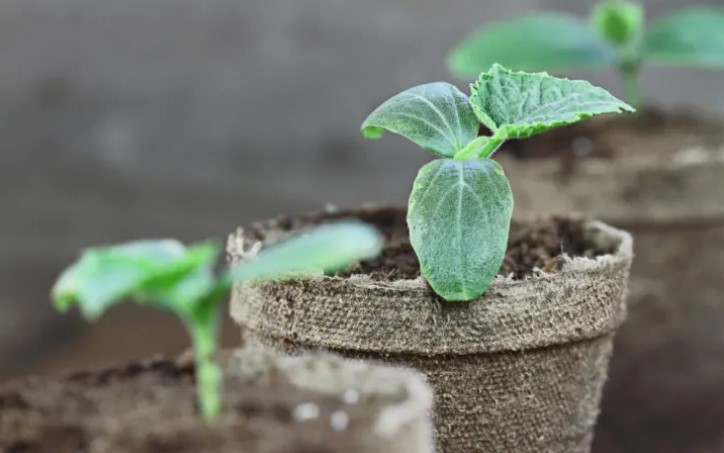Here are fifteen seeds to sow before spring. These types of edible vegetables can all be sown before the last frost in a range of temperate climate areas.
1. Tomato Seeds
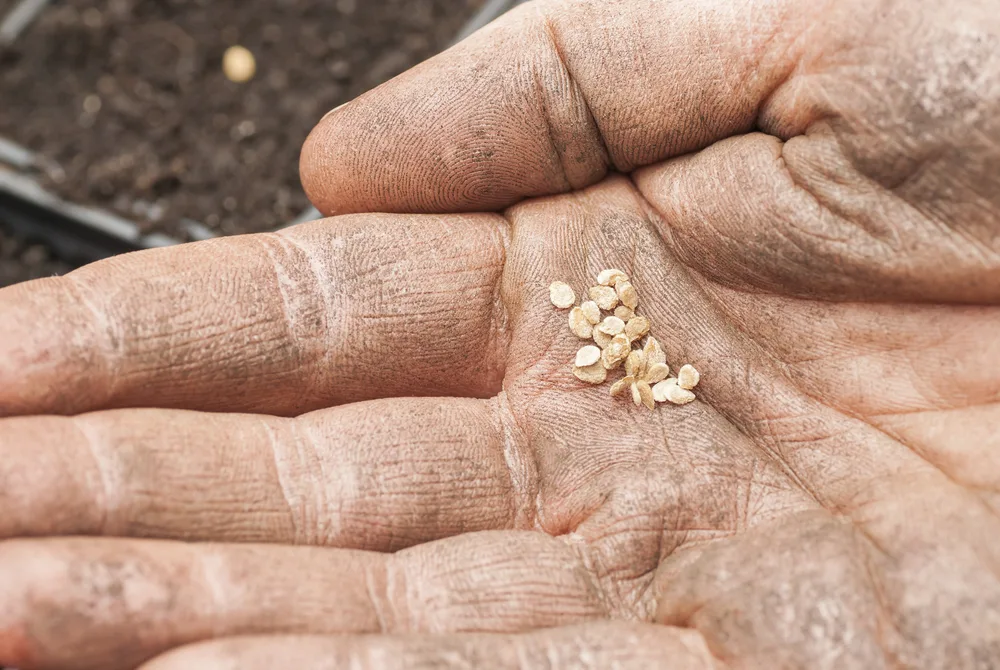 Tomatoes are a warm season crop. So you might be surprised to learn that you can start them well before warm weather arrives.
Tomatoes are a warm season crop. So you might be surprised to learn that you can start them well before warm weather arrives.
Sowing tomato seeds in January or February indoors can help make sure you gain a viable crop by the end of your short growing season.
If you have a short growing season, choose short season tomato varieties for the best results.
Tomatoes will germinate best at temperatures between 60 and 80F. (Though they can germinate at temperatures as low as 40F., they will not germinate as effectively.)
It is unlikely that you will be able to achieve these temperatures outdoors in winter, or in a domestic greenhouse or polytunnel. Most gardeners, therefore, will start tomatoes indoors, in a heated space or with a heated propagator.
Grow lights will help stop tomatoes and other warm climate crops from growing too leggy when planted early.
2. Sweet Pepper
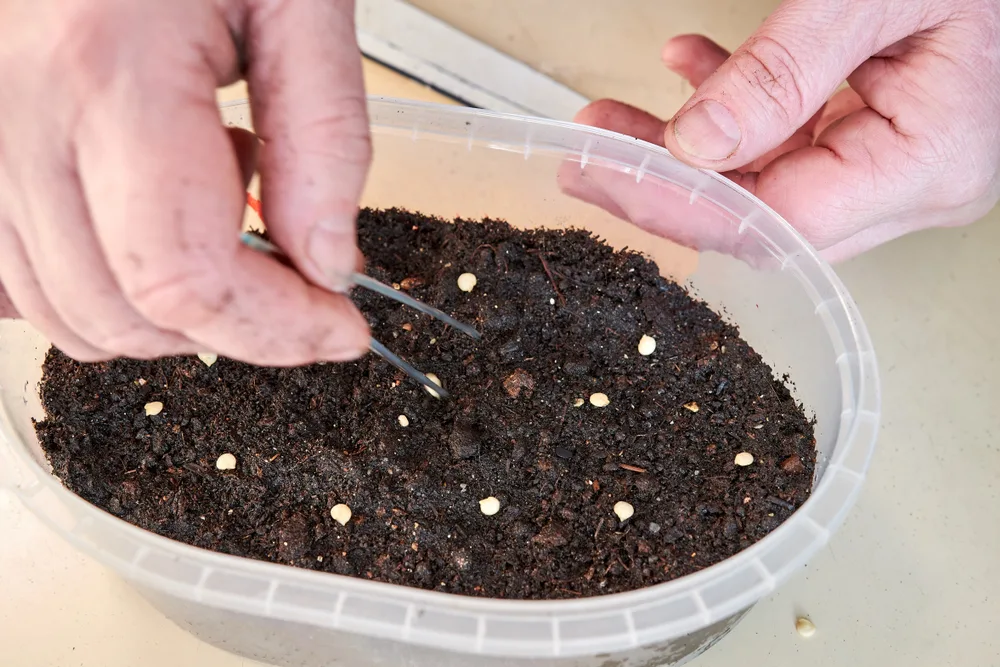 Sweet peppers will provide the best yield where there is a long growing season. When you have a longer growing season, there will be more time for the warm-season fruits to develop.
Sweet peppers will provide the best yield where there is a long growing season. When you have a longer growing season, there will be more time for the warm-season fruits to develop.
If you have a short growing season, however, you can still grow this crop.
Starting seeds indoors long before the last frost in your area will give you a better chance of success.
Like tomatoes, sweet peppers need higher temperatures for germination.
Peppers of all kinds germinate best at temperatures between 65 and 95 F. They will not germinate below a minimum of around 60 F.
Again, as with tomatoes, grow lights can be a good idea.
3. Chilli Pepper
 If you like spicy food, chilli peppers can be another great addition to a home-grown menu. Chilli peppers are another warm climate crop.
If you like spicy food, chilli peppers can be another great addition to a home-grown menu. Chilli peppers are another warm climate crop.
These plants too will do best when planted early indoors in a short-season climate. As with tomatoes and sweet peppers, you can also sow chilli peppers indoors while winter is still in full force.
In order to achieve the temperatures required for germination, a heated propagator may be useful when sowing chilli pepper seeds.
Especially if your chosen indoors growing area cannot be kept consistently above 65 F.
4. Eggplants for Indoors Crops
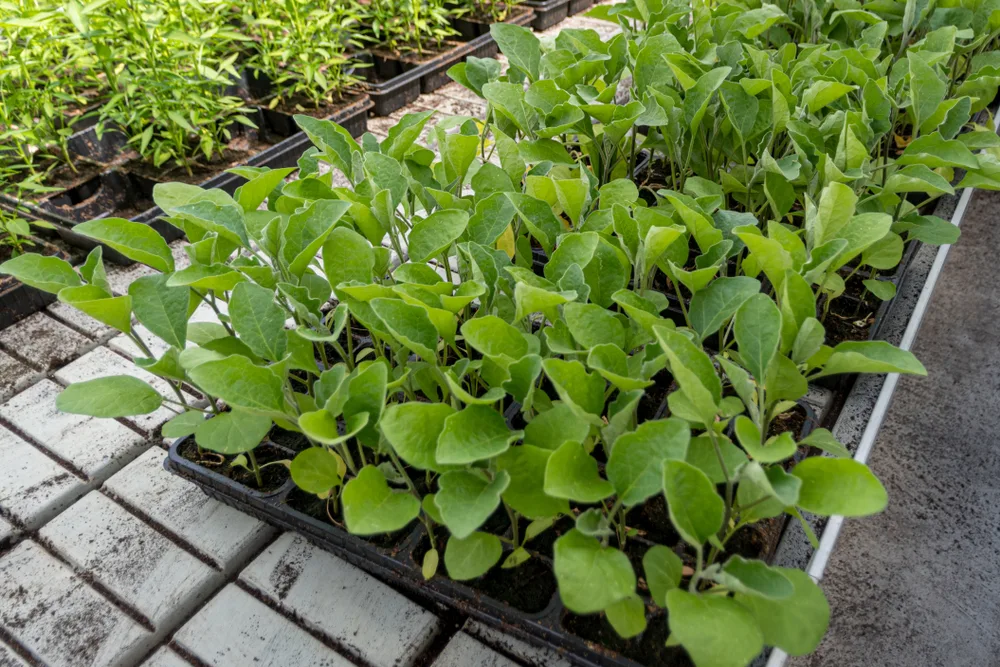 One final warm climate crop that cool climate gardeners could consider starting indoors is the eggplant. Eggplants are in the same plant family as tomatoes and peppers, and needs a long, warm summer to reach maturity.
One final warm climate crop that cool climate gardeners could consider starting indoors is the eggplant. Eggplants are in the same plant family as tomatoes and peppers, and needs a long, warm summer to reach maturity.
Most US gardeners should be able to grow eggplants outdoors or in a polytunnel or greenhouse after an indoors start.
In the south, you can sow later, directly outdoors. But in cooler climes and in the north, it is generally easier and more effective to grow these as an indoors crop.
Wherever they ultimately grow, germinate seeds early indoors. Be sure to keep temperatures above 70F, and ideally above 75F.
5. Peas
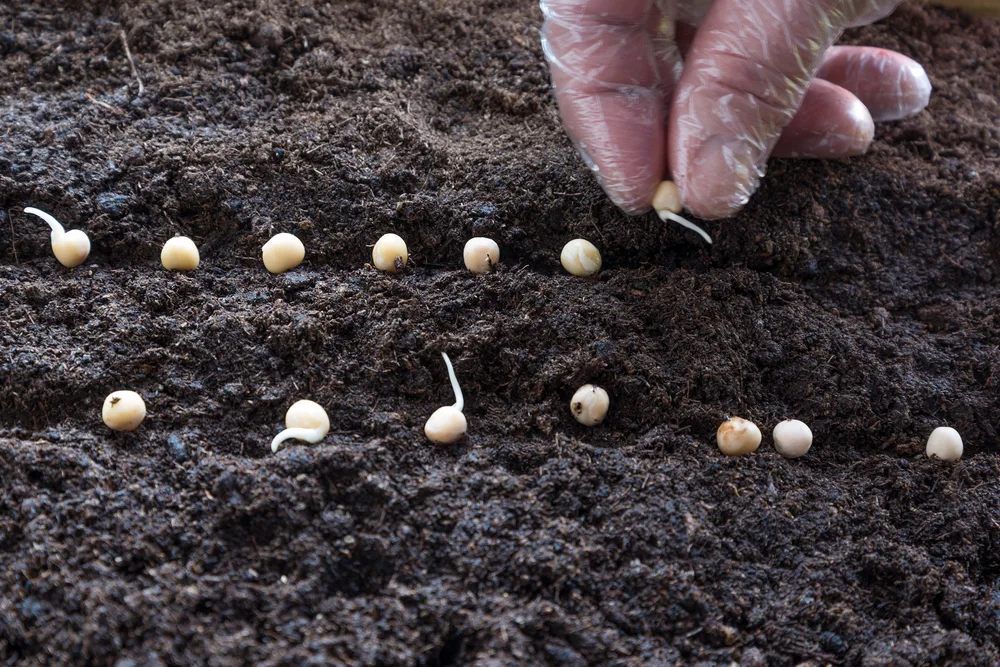 Peas are a great crop for beginners. There are plenty of early pea seeds to sow before spring.
Peas are a great crop for beginners. There are plenty of early pea seeds to sow before spring.
You can choose varieties for mange tout or sugar snap peas, or early peas for podding. You could also sow peas on a windowsill for a quick crop of pea shoots at any time of the year.
Peas will germinate at temperatures between 40F and 75F. So you will have a little more leeway about where you sow them than with warmer climate crops.
You can easily sow them on a windowsill indoors. But in many climate areas, you can also consider growing them in a covered growing area, or under cloches.
Just watch out for birds and rodents.
They may eat the seeds before they sprout, especially early in the season when less wild food is available.
6. Fava Beans
 Fava beans are a hardy crop that can also be a good option for early planting. There are several varieties, such as Aquadulce Claudia, that are suitable for overwintering in a range of cooler climate zones.
Fava beans are a hardy crop that can also be a good option for early planting. There are several varieties, such as Aquadulce Claudia, that are suitable for overwintering in a range of cooler climate zones.
These can also be sown early in these areas, and even in cooler ones with a little protection.
Sow early and you can have beans much earlier in the season. You do not have to wait until spring.
The ideal temperature for fava bean germination is around 52F.
But they will achieve good results from around 45F. as long as you can provide suitable growing conditions.
7. Onion
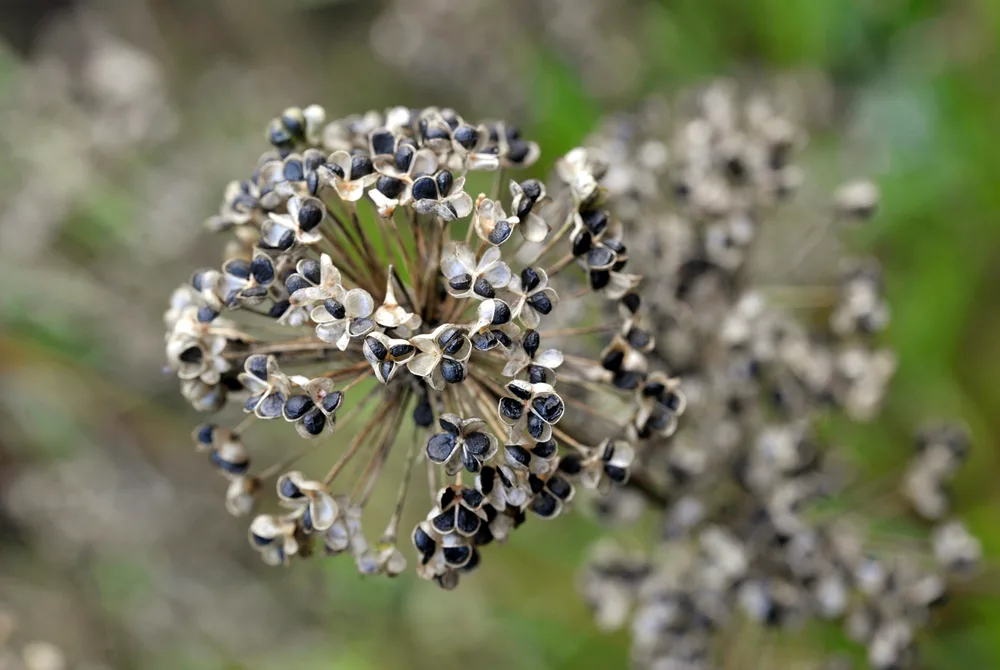 Sow onion seeds early in the year and you can grow onions bigger and better than those you have managed to grow before.
Sow onion seeds early in the year and you can grow onions bigger and better than those you have managed to grow before.
Sow seeds of large onion varieties like ‘Bunton’s Showstopper’ and ‘Ailsa Craig’ indoors early in the year for large bulbs later in the season.
You can also sow early varieties of scallions for onion greens under cloches or in a greenhouse or polytunnel long before the soil properly warms in spring.
Try varieties such as ‘Ichikura’ and ‘Summer Isle’ for example.
Onions can germinate from around 35F. But germination rates will tend to be higher if you can achieve temperatures of over 50F.
8. Leek
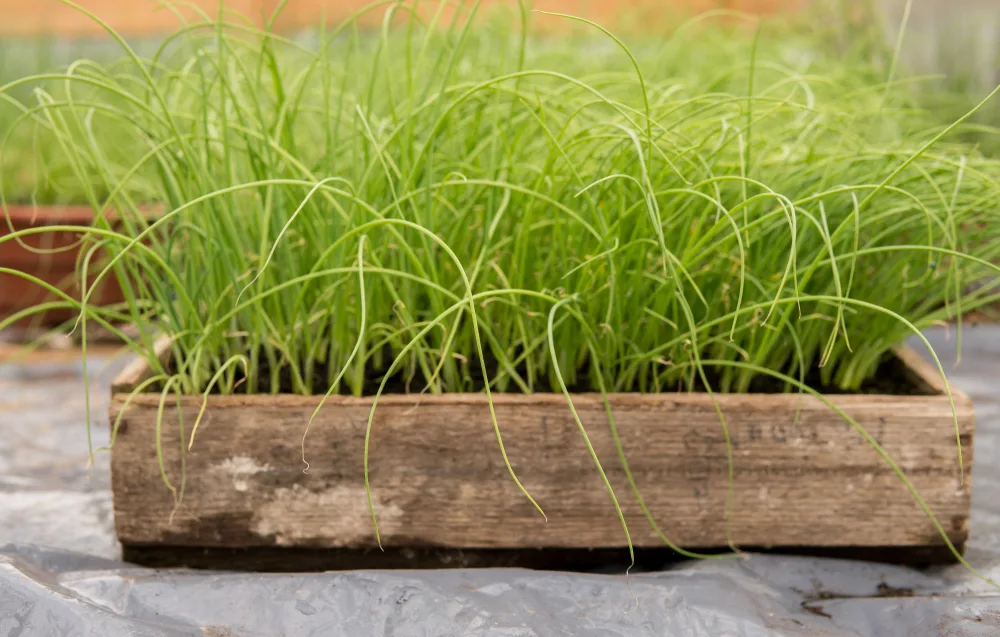 Leeks are another member of the allium family to consider sowing early.
Leeks are another member of the allium family to consider sowing early.
They need a long growing season and so it is a good idea to get them started as soon as possible. Plan now for fat, healthy leeks next winter.
Leeks can also germinate from as low as 35F. But consider starting them indoors to get them off to the best start.
They will achieve the best germination rates at temperatures between 65F and 85F
9. Celeriac
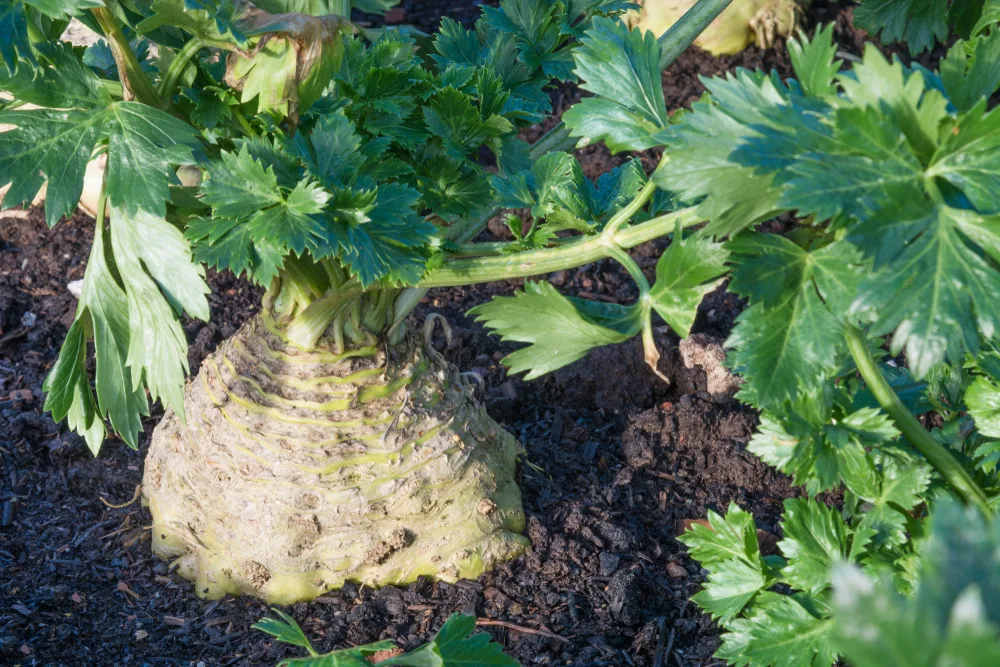 Celeriac is a hardy vegetable that is rather slow growing. So this is another crop to consider sowing indoors or under cover early in the year, before spring arrives.
Celeriac is a hardy vegetable that is rather slow growing. So this is another crop to consider sowing indoors or under cover early in the year, before spring arrives.
Start this crop early and you should have large bulbs for eating towards the tail end of the year.
During germination, try to maintain temperatures of around 60F-70F. Though you can then grow on your celeriac seedlings in much cooler conditions.
10. Celery
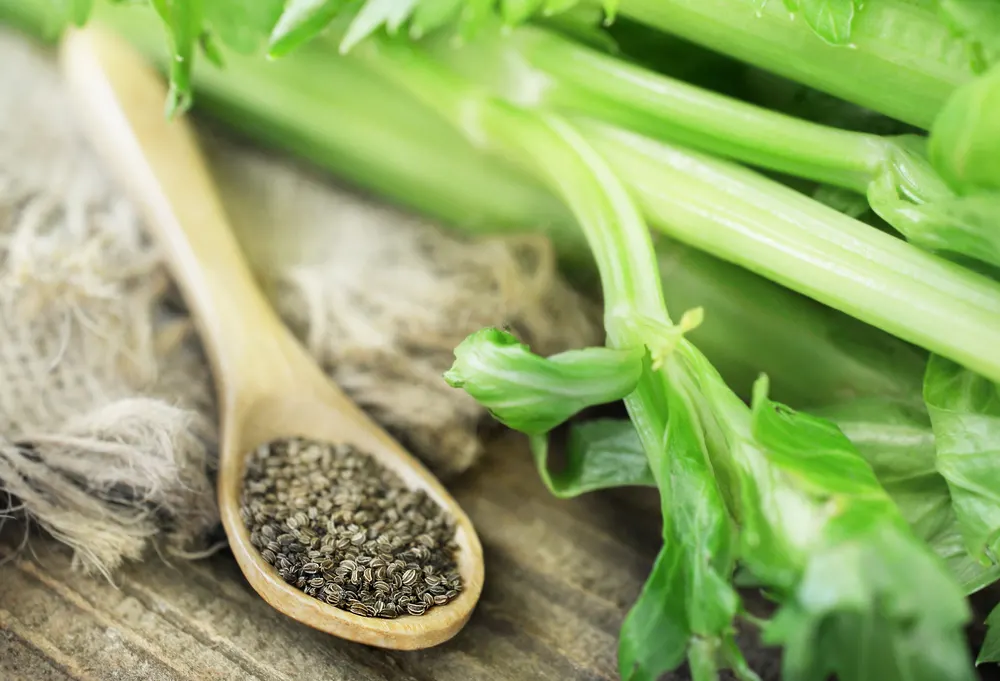
Celery is also a great choice for early sowing. For early sowing indoors or under cover, it is best to choose bolt-resistant celery varieties like, for example, ‘Lathom Self-Blanching’.
Celery seeds will germinate from temperatures of around 40F. But the optimal temperature range for the germination of these seeds is between 60F-70F.
11. Lettuce
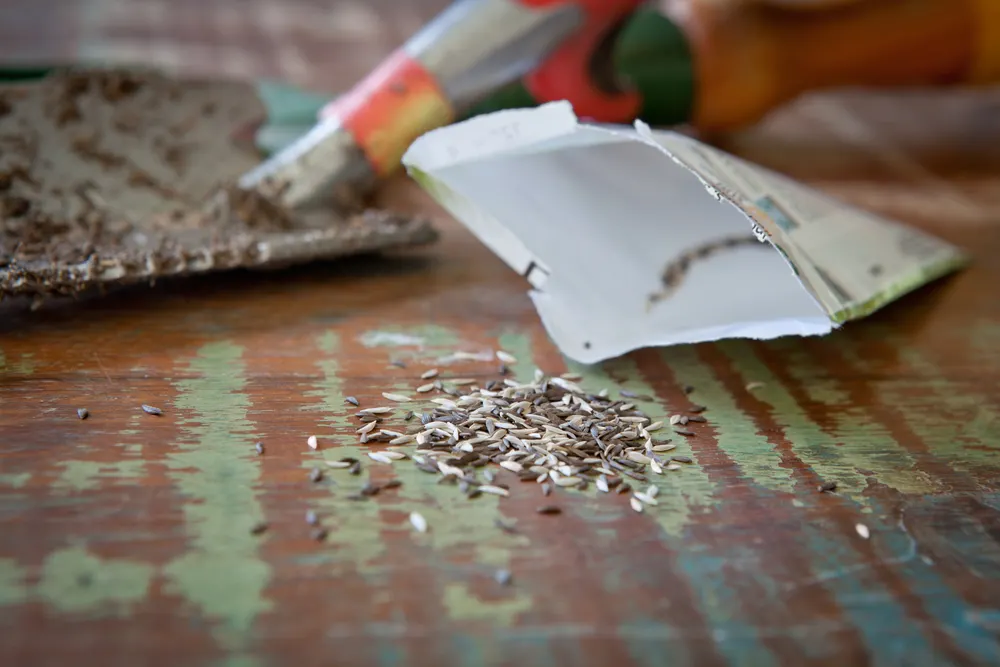 One of the very easiest plants to grow throughout the year is lettuce.
One of the very easiest plants to grow throughout the year is lettuce.
There are plenty of cut and come again varieties that can be grown inside on your windowsills or outside (especially with a little protection) throughout the whole year.
Choose the right lettuce varieties and you can sow and grow this crop literally all year round.
Lettuce seeds can germinate in temperatures as low as 35F and will produce good germination rates at temperatures anywhere between 40F and 80F.
12. Spinach & Other Early Greens
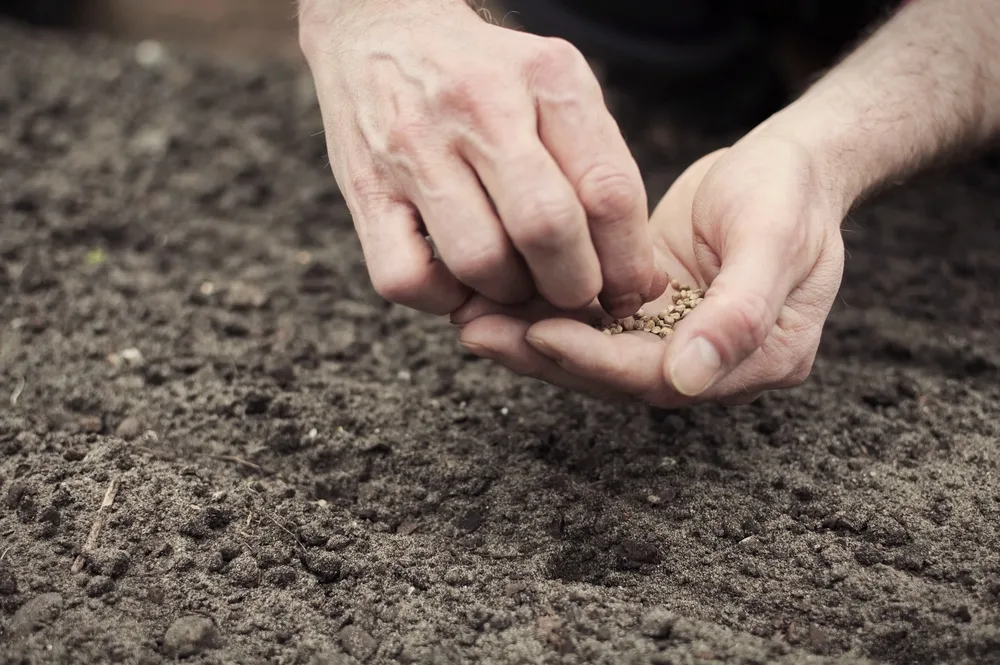 Lettuce is not the only leafy green that you can sow early in the year.
Lettuce is not the only leafy green that you can sow early in the year.
If you can provide the right growing conditions, spinach and other early greens (such as a range of Asian leafy green vegetables) can also be started very early in the year.
Spinach seed can also germinate in temperatures as low as 35F. But germination rates will be improved if you can keep the temperatures above 45F (and below 75F).
13. Brassica Seeds to Sow
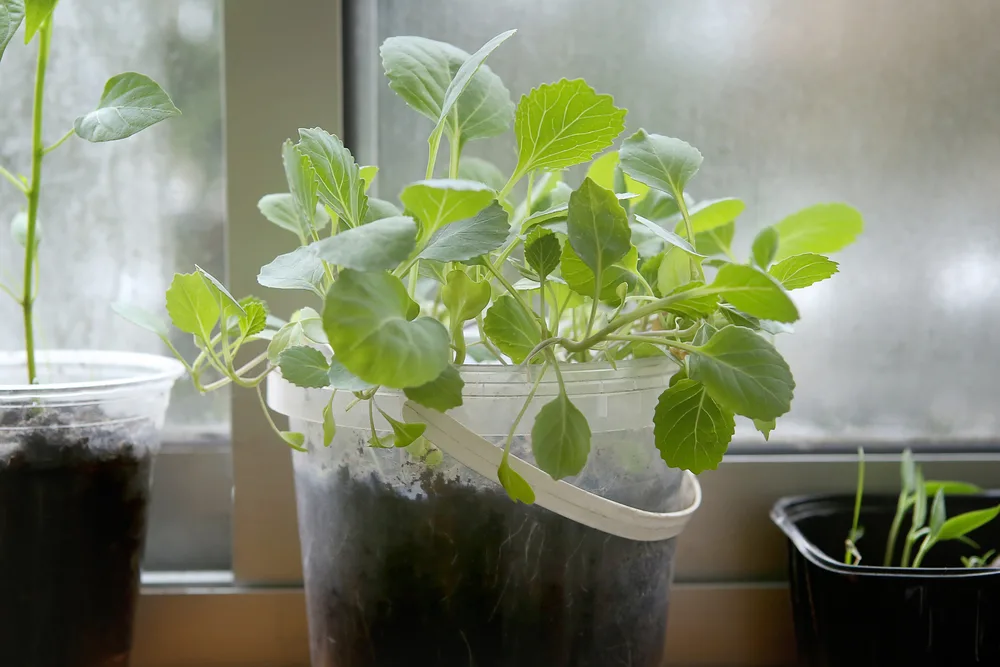 Plants in the brassica family, such as cabbage, kale, cauliflower etc. are also great options for early sowing. February is not too early to sow a range of seeds to be transplanted into your garden once the weather warms.
Plants in the brassica family, such as cabbage, kale, cauliflower etc. are also great options for early sowing. February is not too early to sow a range of seeds to be transplanted into your garden once the weather warms.
But if you are growing indoors only, brassica family plants can also be great choices for micro greens.
You can sow and grow these on a sunny windowsill throughout the year – including right through the winter months.
Many brassicas will germinate in temperatures as low as 40F. But most have an optimal range of between around 45F to 85F.
14. Early Carrots
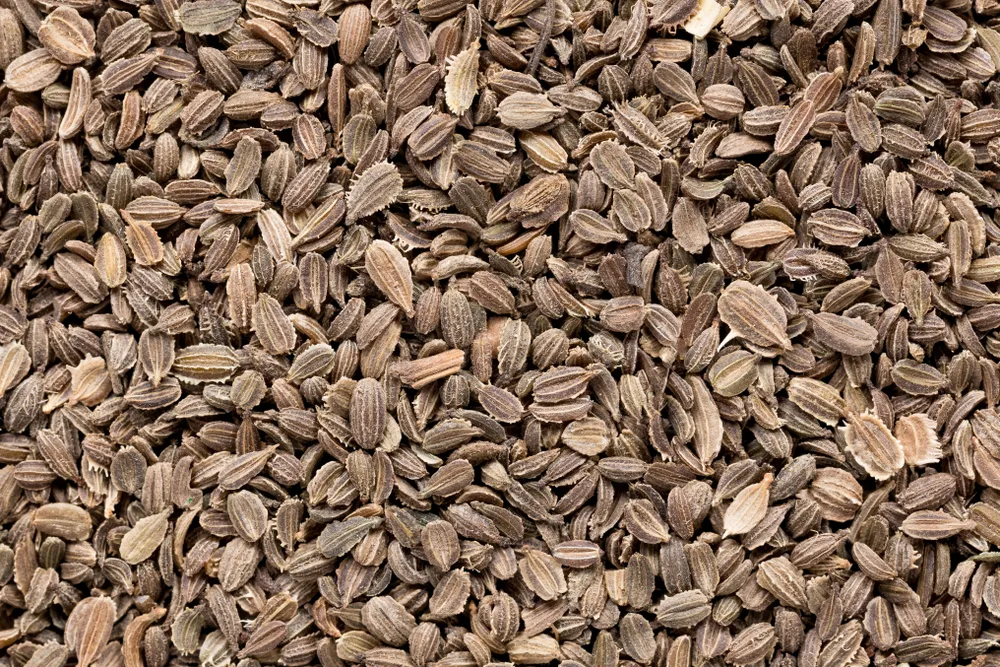 In milder regions, February can be a great time to sow early carrots outside under cloches or in an undercover growing area. This is especially true if you have a light and sandy soil that warms more quickly.
In milder regions, February can be a great time to sow early carrots outside under cloches or in an undercover growing area. This is especially true if you have a light and sandy soil that warms more quickly.
Choose carrot varieties intended for early sowing such as ‘Early Nantes’.
Carrots can germinate from around 40F. but may be rather slow to do so. Ideally, you should provide temperatures for germination of between 45F and 85F.
One benefit of sowing carrots early is that you may get a crop out of the way before carrot fly becomes a problem.
If carrot fly is a problem where you live, companion planting with alliums such as onions or garlic can also help.
15. Beets & Other Root Crops
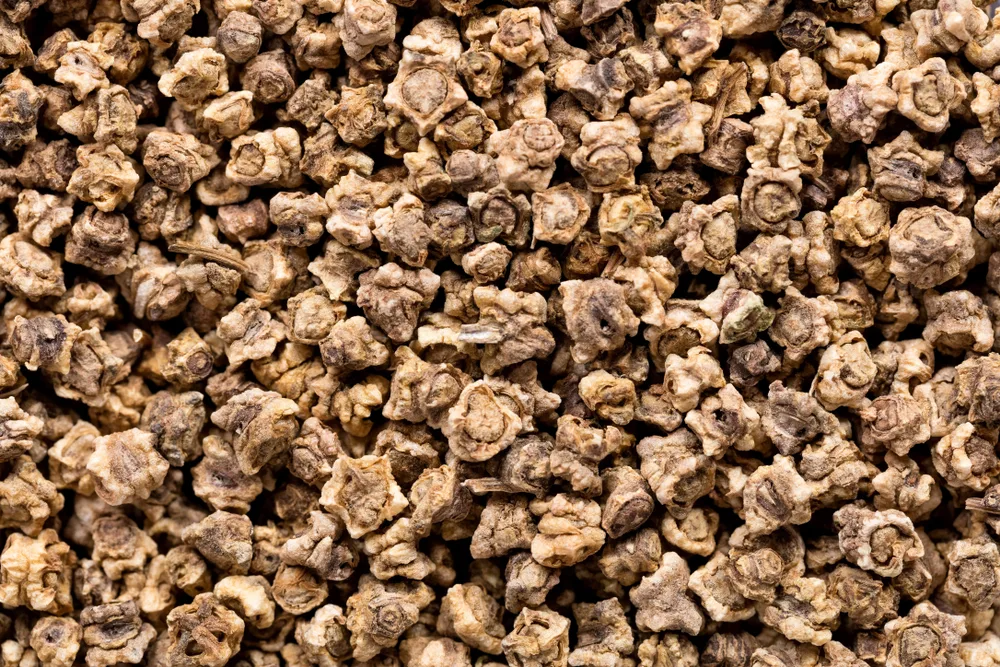 Finally, towards the tail end of winter, there are also a range of other root crops that you can sow for a head-start before spring. Beets, for example, you can sow under cover from February.
Finally, towards the tail end of winter, there are also a range of other root crops that you can sow for a head-start before spring. Beets, for example, you can sow under cover from February.
A range of other root crops, including, for example, parsnips and radishes, are also options for sowing under cover in your garden before spring.
Beets will germinate from 40F, with an ideal range of 50F-85F.
Parsnips will germinate in even lower temperatures, from 35F. But will also do best from 50F, up to around 70F. Radishes germinate from 40F, with an optimal range of 45F-90F.
These are just 15 of the seeds to sow before spring in your edible garden.
There are, of course, also plenty of other options to consider. You can not only plant vegetable seeds but also seeds of flowering plants and herbs.
You can also plant potatoes under cover in containers before spring arrives for the earliest of first early crops.
Gardening in winter brings plenty of rewards later in the year. So be sure to get out there early to make the most of the growing season.
Where To Buy High Quality Seeds
The key to a successful vegetable garden begins with high quality seeds.


